“Photography has fulfilled a deep need to belong. I credit that to my dad who clung to his visual passion, with a smile on his face, as we navigated this brave new world called America. There was just something about it that was safe.”
BE BRAVE — DO IT AFRAID — SHOW UP
Deborah Tracey —> Guest Speaker at The Guild Creative, Redlands, Ca - 2016
< click on "View entire message" — if reading in email >
I decided to make a “Photo Tales” section on my Substack website. I’m not really old and forgot I’ve written a few tales about photography already — some blended with music and culture.
So I’ll be adding to it.
If you have followed me from the beginning — then you know I came here to write my way out of grief.
But I had this life up until then.
“This life” → being a photographer. “Then” → being a world-wide pandemic.
Every single day the world feels a bit more evil. When you cover life through a lens, you tend to see all the joys, sorrows and even the lies. You learn a lot. Especially when you cover politics. It’s all optics. It’s not just about photography. Some of us see far more with a camera than others and we think about those photographers who go to war or cover the aftermath of a shooting or natural disaster.
When I was driving to meet my mentor, at my very first wedding shoot — the news on the radio announced they finally found the body of a small child who was stolen from her front yard in Corona, California, not far from us.
You look up from your lens, see the sunlight pouring into the old reception room. The bride’s dad takes her hand. The D.J. begins to play Roberta Flack’s “The First Time Ever I Saw Your Face.” She kicks off her shoes and steps onto his feet. Slowly they dance. You realize the little girl in the news will never do that. You swallow your tears and ask yourself: Can I do this?
It really hits when you do family portraits for a friend who is dying — your best friend.
You will always be brave. For them.
Beginning at the age of 39, my husband thought school would help me spend less of the family’s money on film.
Little did I know I would be at the cusp of breaking up storefront studios in a “mostly” man’s field. A mom of three young kids, who never let go of her dreams to take better pictures. A woman who would dive against her will into the foreign universe of wedding photography. A field where “story telling” was just beginning.
When I attended a wedding, as a guest, I never looked at the photographer and thought, “that’s what I want to do!”
When my teacher asked me to assist on weddings, I was pleasantly surprised to see most of the snow beast era over.
I would receive $100 bucks to leave my family on a Saturday. Shooting 20-30 rolls of varying black and white film — precariously aimed sideways at subjects, wide, low, close and naturally candid-from-the-side.
I built a portfolio based on valuable technical training. Training that I look back on and think how overwhelmingly blessed I was. Training that began with casting my “eye” aside for fussing in the darkroom and starting over at every turn. Something that would eventually meld back together after I understood what the camera and a simple flash could do. Techniques from every aspect of light to speed and detail. How to move rather than move a subject. The list goes on.
Weddings were boot camp to me. A training ground for everything from beautiful portraits in seconds, story telling, action and extremely fast light knowledge with the worst lighting conditions. You could shoot anything after a wedding. Even better if you shot sports — which I did a little of. My mentor’s husband was a well known (Smithsonian, People, Nat Geo) editorial photographer who had passed much onto her. The skill set from a long and vested wedding day or sports event was invaluable. In reflection, the bar was set high for me by the people I got to work for and I expected nothing less of myself. I look back and realize how special it all was.
“My original bar” was a decent landscape and a non-blurry photo of my kids.
Back then we were also dragging around a heavy suitcase full of arsenal with a heavy tripod on top. Two 35mm, one medium format, several lenses, flashes, battery packs, and too many cords and gizmos. I built some good muscles. Eventually, I bought a smaller roller with room for water bottles on the outside — A backpack made me feel like I was falling over and hurt my arthritic shoulders. Plus, they were impossible to bend down with while shooting on a bum knee. I had blown my right knee out skiing while in school — but didn’t give up. I eventually broke down and carried a shoulder cross bag — which became the norm for political junkets, university and event work — in my latter years. It physically hurt to run with a bag over my shoulder — but I loved the work.
My first independent work came in 2003, from an old-fashioned ad I read in my Studio Magazine subscription. I placed a phone call, made an appointment and drove to the offices of Harvard Photography in Long Beach, Ca — heavy portfolio in hand — made with my teacher/mentor’s approval. I also had a decent website I paid a small fortune for from my measly earnings (after that I built my own).
From beginning to end I never borrowed or took money from our family. I covered all the unforeseen. I paid my car off, helped with the extracurricular, the vet expenses, car tires, Christmas gifts, clothes and eventually bought meal tickets and books for our college kids and helped put our youngest through art high school.
I budgeted well and only bought equipment when I needed it — to make a difference in my work. I can distinctly remember two different times I made calculated decisions for a new lens. Both times — it lead to a better position or more work.
Harvard was a well known “wedding photography” manufacturer. There were tons of photographers working for them, shooting 10-12 weddings every single Saturday and Sunday. They hired leads, seconds, thirds and assistants.
I was hired as a second for several jobs, where I’d drive my manual Jetta with a Thomas Book guide on my lap or call my then 15 year old kid, panicking on the side of the road, begging him to get off his game and MapQuest for me. I’d eventually find a house stuffed with chaotic men scrambling to get out the front door and half-dressed excitable women and children (pre-getting ready shots). It still had the Greek wedding vibe, but mostly Filipino and Hispanic. Afterward, we’d head to an oversized park for more pictures, then the old church for the ceremony, another park and onto downtown Los Angeles into a huge sky rise where these weddings, that started at 9a.m., would ramp-up with the couple posing on the baby grand or outside against the tall glass surroundings — where I dutifully took fisheye shots “as instructed” — all winding down by midnight.
No less than 500 guests would attend. There would be up to 12 “family sponsors” introduced on the dance floor. Incredible.
Armed with a seven page list of instructions, names and shots, I’d meet the lead photographer at the first stop, who would hand me about 30-40 rolls of film. He’d meet me at the next stop and the next and the next.
This list became vital in my future personal professional work.
After my first job with Harvard, I purchased a fanny-pack for the film and took a marker to keep track of it (i.e., Roll #1, 2, etc.). I’d mail what I shot in pre-paid envelopes received at our first meeting. I lost two rolls one time at a reception. A waiter found them on a table and turned them into management where they made their way back to Harvard. Whew.
The pressure was insane. I needed to do something different.
I’d come home exhausted for days not really knowing if I did a decent job — waiting for the wedding to load online so I could check my work. I became a lead photographer for Harvard, but after shooting a few, and their push to go digital, I decided I needed to “know” my clients on a more intimate basis. I wanted to do smaller more boutique weddings.
It was 2005 and time to leave the trenches.
I ended the Guild Creative talk in 2016 with five timeless suggestions (at that time I had just hung up weddings and continued to work editorial and portraits up until the pandemic).
1. Work Ethic - keep it strong if you want to get ahead. Deliver. 2. Hunger vs. Care - don't be so hungry that you are careless 3. Patience and Humility - put yourself through it. Period. 4. Passion vs. Posting - just stay passionate and don't worry about posting if you don't have anything to post. 5. Style - let your work speak for itself. Step back, ask if it's timeless and show the work you want to do.
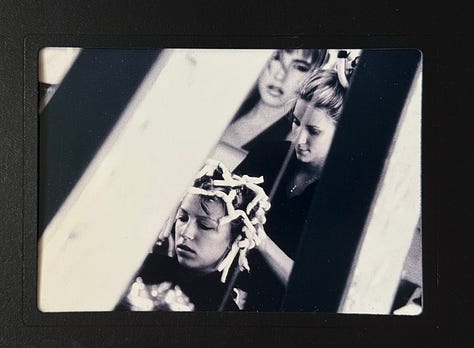
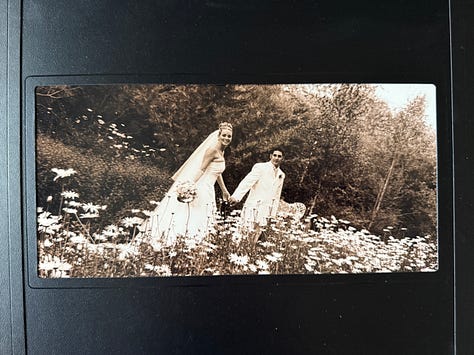
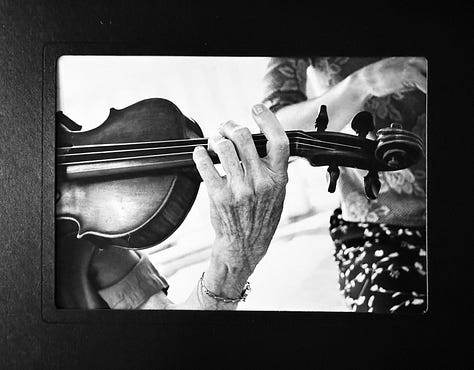
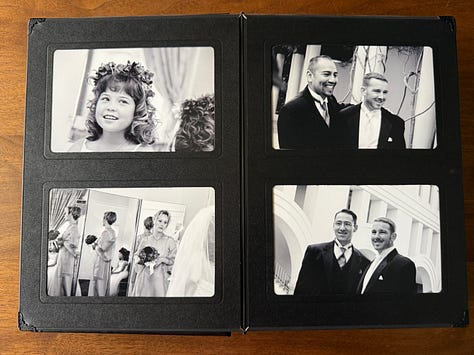
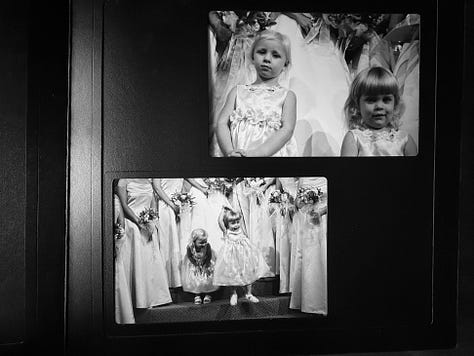


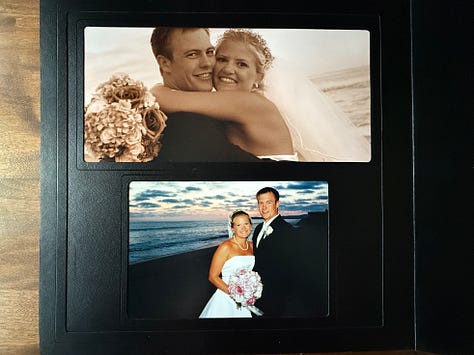


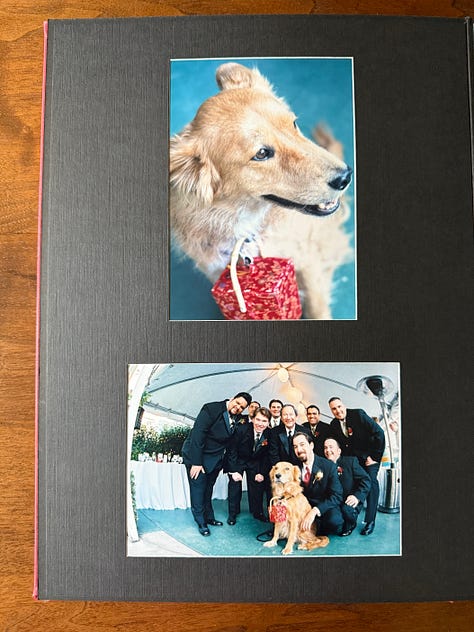

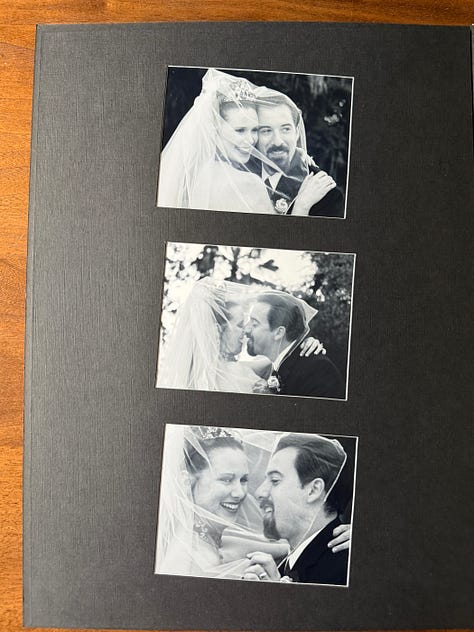
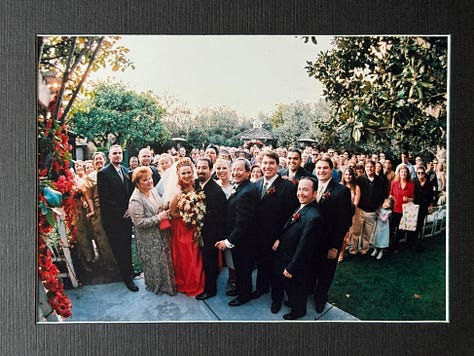
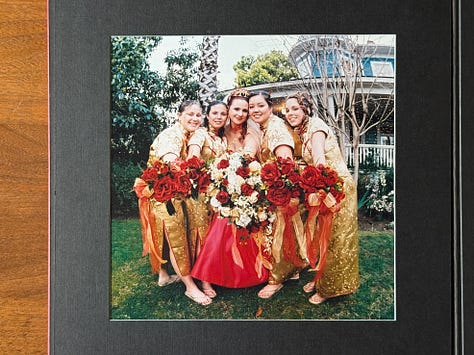







Wow, I’ve always admired professional photographers. You can capture so much love and beauty, the stories, the possibilities are endless. Your work is amazing, such cool photos, Deborah. 🩵
Honoured to read your beautiful journey as a photographer. It’s meaningful and stories and fulfilling all at once. I sense that fulfilment came from within and not dependent on external forces. What a gift!